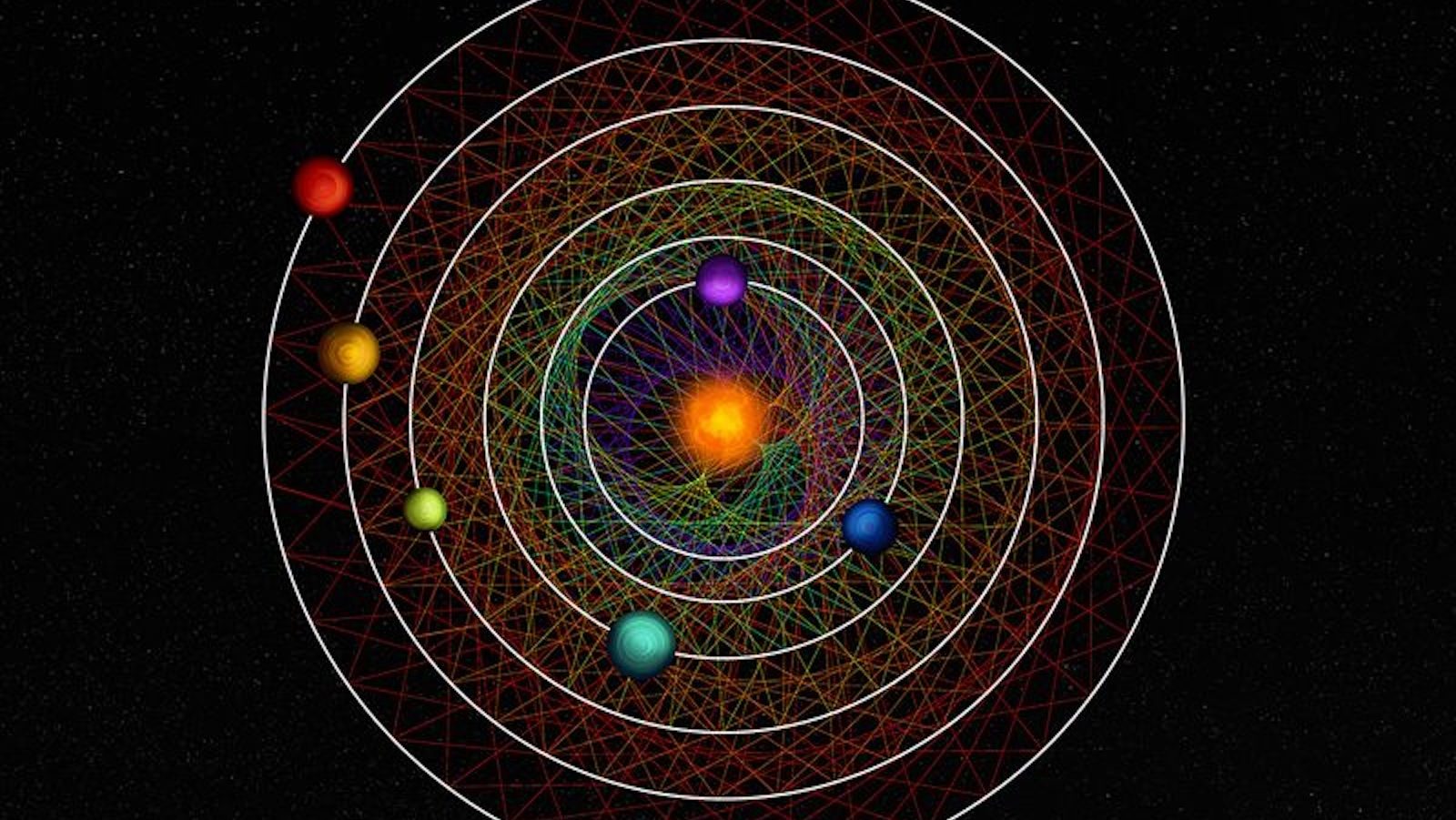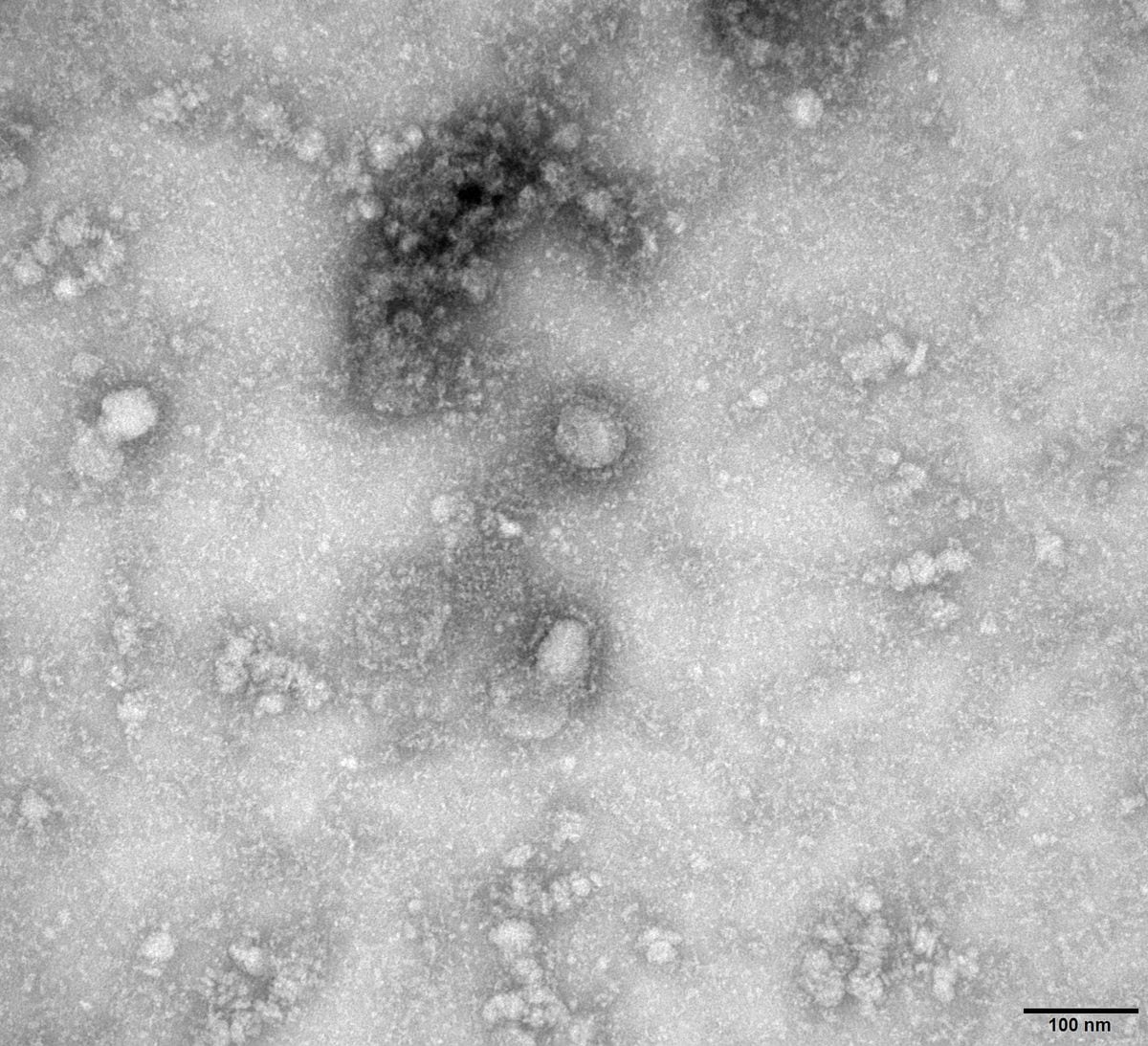(CNN) — Astronomers are using two different exoplanet detection satellites to solve a cosmic mystery, revealing a rare family of six planets located about 100 light-years from Earth. The discovery will help scientists unlock the secrets of planet formation.
Six exoplanets orbit a bright sun-like star called HD110067, located in the constellation Coma Berenices in the northern sky. Larger than Earth but smaller than Neptune, they belong to a poorly understood class called sub-Neptunes, which typically orbit Sun-like stars in the Milky Way. And the planets, called a bag, spin around the star in a celestial dance called orbital vibration.
As the planets complete their orbits and exert gravitational forces on each other, there are visible patterns. A study published Wednesday in the journal Nature. For every six orbits completed by planet b, the closest planet to the star, the outer planet, g, completes one.
While planet c makes three revolutions around the star, planet d makes two revolutions, and planet e completes four revolutions, while planet f makes three.
This harmonic rhythm creates a chain of vibrations, with the six planets aligning every few orbits.
What makes this planetary family an extraordinary discovery is that the system has changed little since it formed a billion years ago, and this revelation could shed light on the evolution of the planets and the origin of the main sub-Neptunes. Our galaxy.
The orbits of the six planets orbiting the star HD110067 form a geometric pattern due to their vibrations. (Credit: Thibaut Roger/NCCR Planets)
Finding a mystery
Researchers first became aware of the star system in 2020 when NASA’s Transiting Exoplanet Survey Satellite, or TESS, detected a diminution in HD110067’s brightness. A dip in starlight often suggests a planet passing between its host star and a tracking satellite as the planet travels its orbital path. Detecting these luminescent blobs, known as transit patterns, is one of the main techniques scientists use to identify exoplanets with ground-based and space-based telescopes.
Astronomers determined the orbital periods of the two planets around the star from that 2020 data. Two years later, TESS observed the star again and evidence suggested different orbital periods for the planets.
When the data sets didn’t add up, astronomer and lead author of the study Raphael Luk and some of his colleagues decided to look at the star using a different satellite: the Characterization satellite. European Space Agency’s ExOPlanet, or Cheops. While TESS is used to observe fractions of the night sky in short observations, Cheops observes one star at a time.
This artist’s illustration shows Cheops orbiting Earth while searching for exoplanets. (Credit: ESA/ATG medialab)
“We looked for signals at all possible periods when those planets could have existed,” said Luk, a postdoctoral researcher in the University of Chicago’s Department of Astronomy and Astrophysics.
The data collected by Chapes helped the team solve the “police narrative” initiated by TESS, he said. Khufu was able to determine the presence of a third planet in the system that was important in stabilizing the orbital periods of the other two planets and their rhythmic vibrations.
When the team compared the remaining unexplained TESS data with Khufu observations, they discovered three other planets orbiting the star. Subsequent observations with ground-based telescopes confirmed the existence of planets.
The dedicated time Cheops spent observing the star helped astronomers disentangle the mixed signals from the TESS data to determine how many planets pass in front of the star and the vibrations of their orbits.
“Khufu gave us this resonance configuration, which allowed us to predict all the other periods. It would have been impossible without that Cheops discovery,” Luque said.
The closest planet takes nine Earth days to complete an orbit around the star, and the farthest takes about 55 days. All the planets have faster revolutions around their star than Mercury which takes 88 days to complete one orbit around the Sun.
Considering how close they are to HD110067, the average temperature of planets like Mercury and Venus will rise from 166.7 degrees Celsius to 526.7 degrees Celsius.
Why is planetary rhythm important?
The formation of planetary systems like our own solar system can be a violent process. While astronomers believe that planets initially form in oscillations around stars, the gravitational influence of massive planets, a brush with a passing star, or a collision with another celestial body can upset the harmonic balance.
Most planetary systems are not oscillating, and those with multiple planets rarely retain their initial rhythmic orbits, which is why astronomers want to study HD110067 and its planets in detail as a “rare fossil.”
“We believe that only about one percent of all systems are in vibration,” Luk said in a statement. “It shows us the beautiful architecture of a planetary system that has survived intact.”
The discovery is the second time Chapes has helped reveal a planetary system with orbital resonances. First, known as Notified in TOI-178, 2021.
“As our science team says: Cheops makes the best discoveries seem ordinary. Of the three known six-planet resonance systems, this is now the second discovered by Cheops, and in just three years of operations,” Maximilian Günther, ESA’s Cheops project scientist, said in a statement.
A perfect tracking target
The system could be used to study how sub-Neptunes form, the study authors said.
Although sub-Neptunes are common in the Milky Way, they are absent in our own Solar System. There’s little agreement among astronomers about how these planets form and what they’re made of, so a whole system of sub-Neptunes could help scientists determine more about their origins, Luk said.
Many exoplanets have been discovered orbiting dwarf stars that are much cooler and smaller than our Sun. The famous TRAPPIST-1 system and its seven planetsAnnounced in 2017. While the TRAPPIST-1 system also has a resonance chain, the faintness of the host star makes observations difficult.
But HD110067, which has about 80% the mass of our Sun, is the brightest known star with more than four planets in orbit, so the system is much easier to observe.
Early detections of planetary masses suggest that some of them have bloated, hydrogen-rich atmospheres, making them ideal study targets for the James Webb Space Telescope. As starlight filters through the planets’ atmospheres, the web can be used to determine the composition of each world.
“The sub-Neptune planets in the HD110067 system appear to have low masses, suggesting that they may be gaseous or water-rich. Future observations of these planetary atmospheres, for example with the James Webb Space Telescope, could determine whether the planets have rocky or water-rich interiors,” said Dr. said study co-author Jo Ann Egger, who holds a doctorate in astrophysics. In a statement in Switzerland.





